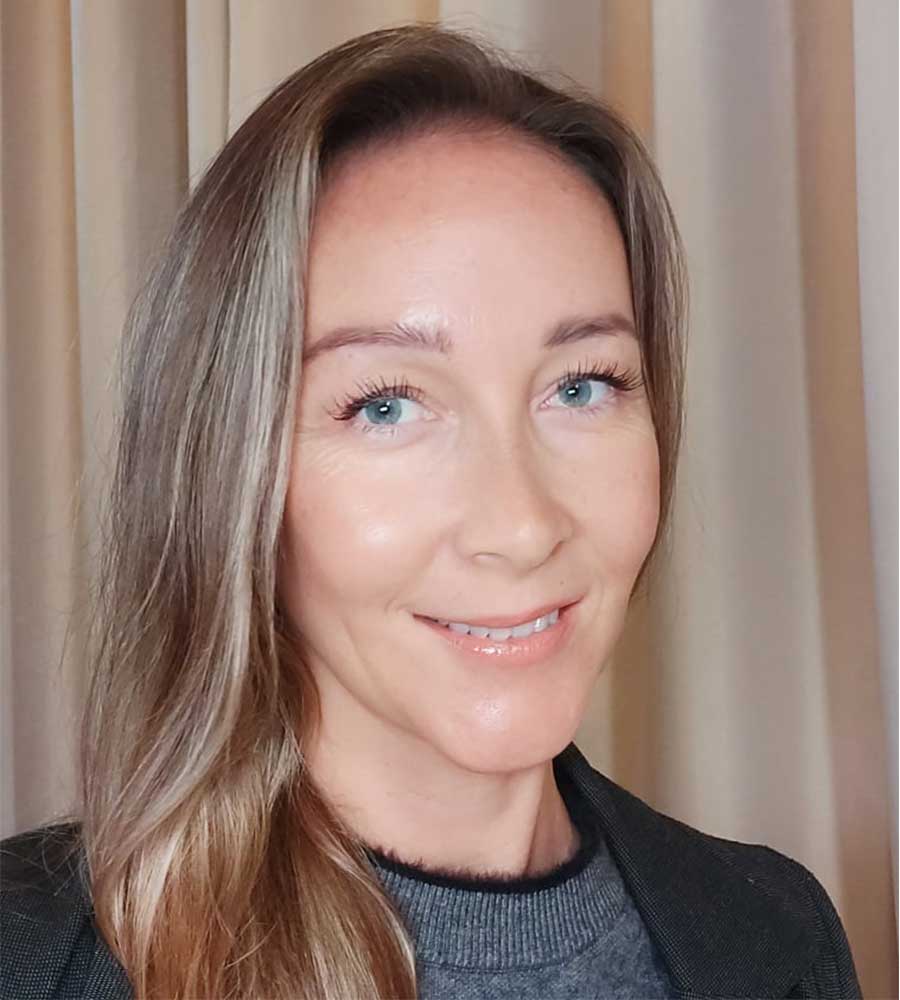From navigating market volatility to superannuation legislation changes to determining the right asset allocation, here's how financial advice can help investors optimise their portfolios.

Volatility on financial markets this year has probably buffeted your investment portfolio.
So, what should you do? Do you need to take any action, or should you just ride things through for now and see what happens down the track?
Maybe tweaking your investments will help, but what changes to your asset allocations if any make the most sense in terms of your longer-term goals?
And then there’s the raft of changes to superannuation and retirement legislation changes that just came into effect on 1 July.
Are you aware of them all? And are there any you can you take advantage of to get more money into your superannuation account, or better products now available to you that you couldn’t access before because of restrictive laws?
Let’s face it, strategic asset allocation and ongoing portfolio management is highly complex.
Getting it wrong can have a long-lasting effect on your wealth.
Keeping up with rule changes, and understanding their implications, is also complex. Not taking advantage of opportunities can also be damaging to long-term wealth.
Advice needs from an SMSF perspective
The just-released Vanguard/Investment Trends 2022 SMSF Investor Report found that 53 per cent of advised self-managed super fund investors rank updates to rules and regulations as the most important information they need from their adviser.
Around 25 per cent of Australia’s 600,000 SMSFs (about 160,000) use a financial adviser. A further 240,000 SMSFs don’t use an adviser but have identified they have unmet advice needs.
They’ve also acknowledged the need for guidance and information on regulatory changes as a high priority area.
In fact, of this cohort, around 80 per cent regard changes in regulations as the area where they would most like to receive financial advice.
Retirement law changes are often multifaceted.
For example, some older workers and retirees are key beneficiaries from new changes to superannuation laws that took effect on 1 July, but others are not.
Up until 30 June people aged 67 to 75 couldn’t make additional super contributions unless they could satisfy the work test.
The work test is satisfied if a person can prove they were gainfully employed for a period of 40 hours during a consecutive 30-day period.
This test need has now been abolished for people in the 67 to 75 age band making or receiving personal or salary sacrificed superannuation contributions.
But those in the same age band still need to meet the work test if they wish to claim a personal superannuation deduction for their contribution.
There’s another potentially complex change related to the removal of the work test.
The abolition opens up the opportunity for people under the age of 75 to make up to three years of non-concessional contributions into their superannuation account in one financial year, up to a maximum level of $330,000.
However, those using the bring-forward rule still need to comply with the Australian Tax Office’s provisions around total super balances and the $1.7 million transfer balance cap governing the amount of superannuation that can be transferred into retirement phase.
Asset allocation and investment behaviour
As well as legislative changes, demand for financial advice is strongly centred around asset allocation.
The Vanguard/Investment Trends SMSF report found that content on investment strategy accounted for close to 40 per cent of responses for where advisers can add value.
Trading ideas and strategies, and common mistakes to avoid when managing investments, both attracted more than 20 per cent of advised SMSF investor responses.
Despite control being the primary reason for setting up an SMSF, those who did so were more likely (79 per cent) to see themselves as ‘buy and hold’ investors.
Consistent with previous years, SMSF investors continue to allocate more than half of their portfolio to direct shares and cash.
Of note, the number of direct shares held in SMSFs increased in accordance with the ages of trustees, with those 65 and over holding a median of 19 direct securities.
Unsurprisingly, outside of the SMSF portfolio, investment property was the largest asset class, by proportion of the overall portfolio, followed by cash and direct shares.
SMSF investors cited rising interest rates, inflation and market volatility as the top three factors likely to influence their investment decisions in the next 12 months.
And, as a signal that SMSF investors were less concerned about their portfolio as uncertainty around the pandemic abates, fewer made substantial changes to their portfolio in the last 12 months.
Vanguard Australia
vanguard.com.au























